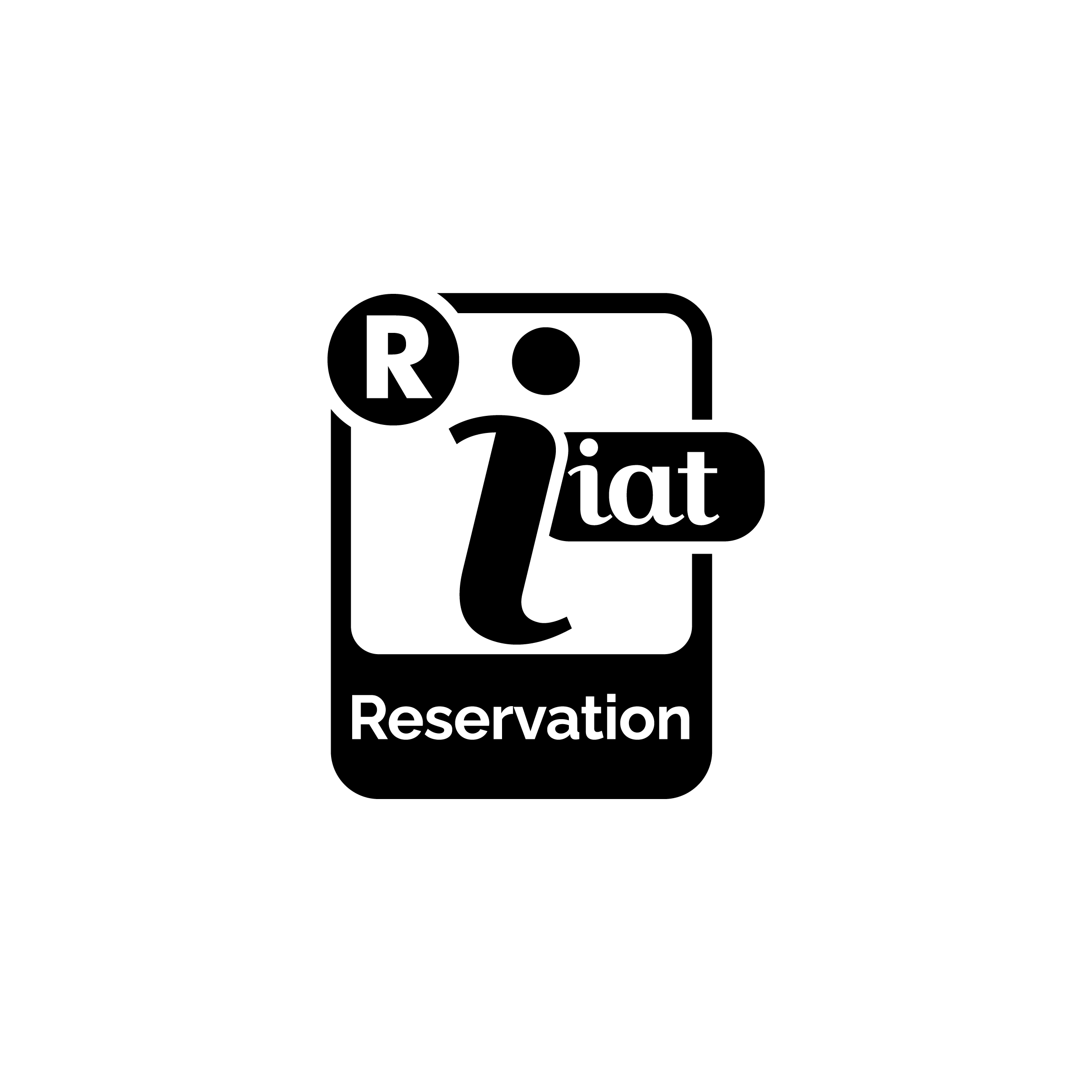Indirizzo e contatti
Corso Umberto I, 22 - 42018 San Martino in Rio
 Estense fortress - Municipality of San Martino in Rio
Estense fortress - Municipality of San Martino in Rio
 Emilia Romagna Castles - San Martino in Rio
Emilia Romagna Castles - San Martino in Rio
Opening times
Sunday and holidays: 10.00 a.m. - 12.30 p.m. and 3.00 - 6.30 p.m. (summer time: 3.30-7.00 p.m.). Free entrance in the exhibition halls, Pinacoteca Coppelli and Henghel Gualdi Archive. Possibility of guided tours with fee.
Auut 2023: Monday-Friday 9.00 a.m. - 12.30 p.m. (upon reservation); Saturday 9.00 a.m. - 12.30 p.m.; closed Sunday and August 15. Guided tours of the Este Fortress from September.
August 2023: Monday-Friday 9.00 a.m. - 12.30 p.m. (upon reservation); Saturday 9.00 a.m. - 12.30 p.m.; closed Sunday and August 15. Guided tours of the Este Fortress from September.
Entrance fees
Unguided tours: free entrance.
Guided tours (Fortress and Agriculture and Rural World Museum): Sunday and holidays with start at 10.00, 11.15 a.m. and 4.00 p.m. (summer time: 10.00, 11.15 a.m., 4.00 and 5.30 p.m.).
Euros 5.00 - full fee
Euros 3.00 - reduced fee (children aged 12-18, university students, people over 65 and groups exceeding 10 people)
Free - children under 12, disabled and their helpers
How to get there
See the indication to reach San Martino in Rio or see the map above.
Historical notes
The San Martino in Rio Fortress is the centre of the town's cultural activity. A recent restoration has enhanced the interesting Renaissance frescoes. The Fortress houses one of the most important ethnographic museums of the region, dedicated to agriculture and traditional artisan professions, separated into different thematic sections (hemp fibre arts, textiles and weaving, milling, and dairy production.) As the property of the Canossa family, the fortress suffered destruction at the hands of (among others) Federico Barbarossa and various reconstructions before arriving at its current appearance, partially dated to the fifteenth century. It passed into the hands of Roberto di Reggio, since 1501 a marquis of the Este family and then, in the second half of the eighteenth century, to the Rango D’Aragona nobles. The rectangular structure still has one intact square tower, with Ghibelline battlements and a defensive apparatus including machicolations. In the interior, the most distinctive and representative surroundings are found in the San Giovanni chapel with its ogival arches (fifteenth century) and in several rooms of the aristocratic apartments containing large painted chests, frescoes and stuccoes from the fifteenth to eighteenth centuries, and where the library is housed.
It has been recognized as a Quality Museum by the Emilia-Romagna Region and has been accredited by the Regional Museum System and the National Museum System since 2022.
In 2021, one year after his death, the museum was dedicated to Enzo Carretti (1931-2020), its founder.
Estense fortress - Municipality of San Martino in Rio
Emilia Romagna Castles - San Martino in Rio





